Enoshima is a lovely island close to Kamakura and is an ideal day trip destination from Tokyo. My visit to Enoshima was a delightful experience, highlighted by the remarkable Enoshima Shrine, the well-kept Benzaiten Nakamise Dori shopping street reminiscent of Kyoto, and the beautiful Samuel Cocking botanical garden. The garden’s Enoshima Sea Candle offers breathtaking views of Mount Fuji from its viewing platform.
Impressively, Enoshima is less crowded compared to other tourist spots near Tokyo, giving it a hidden gem feel, off the usual tourist path. The island is conveniently accessible from Tokyo. You can take the Odakyu train from Shinjuku and explore the island comfortably on foot.
In this guide, I will tell you the best times to visit, directions to get there, and tips on what to do in Enoshima to ensure you experience the island like a pro.
Table of Contents
- How to get to Enoshima
- Best time to visit
- Things to do in Enoshima
- 1. Cross the Enoshima Benten Bridge
- 2. Shop and eat on the Benzaiten Nakamise Dori
- 3. Bow before the Grand Torii of Enoshima Jinja Shrine
- 4. Enoshima Shrine
- 6. Enoshima Samuel Cocking Garden
- 7. Enoshima Sea Candle
- 8. Dragon Love Bell
- 9. Enoshima Iwaya Caves
- 10. Lon Cafe
- Final Thoughts
How to get to Enoshima
The journey from Tokyo to Enoshima Island takes about 90 minutes and is typically made via the Odakyu line. The cost for a one-way ticket per person is 650 yen.
Here’s how to get to Enoshima, step by step:
- Make your way to Shinjuku station in the morning.
- Take the Odakyu Rapid Express from Shinjuku Station to Fujisawa Station ( 55 minutes).
- From Fujisawa Station ride the Enoden Line to Enoshima Station (11 minutes).
- From Enoshima station walk to Enoshima Island (20 minutes).
Enoshima Island is connected to the mainland by Enoshima Benten Bridge. You will cross using the pedestrian footbridge, with fantastic views of Mount Fuji.
The Enoden Line is an incredibly scenic railway line in Japan. It’s known for its charming, small-sized trains that journey through various landscapes, and it’s particularly famous for its ocean views. Riding the Enoden Line, I felt like I had stepped into a Japanese anime; it was that beautiful and retro.
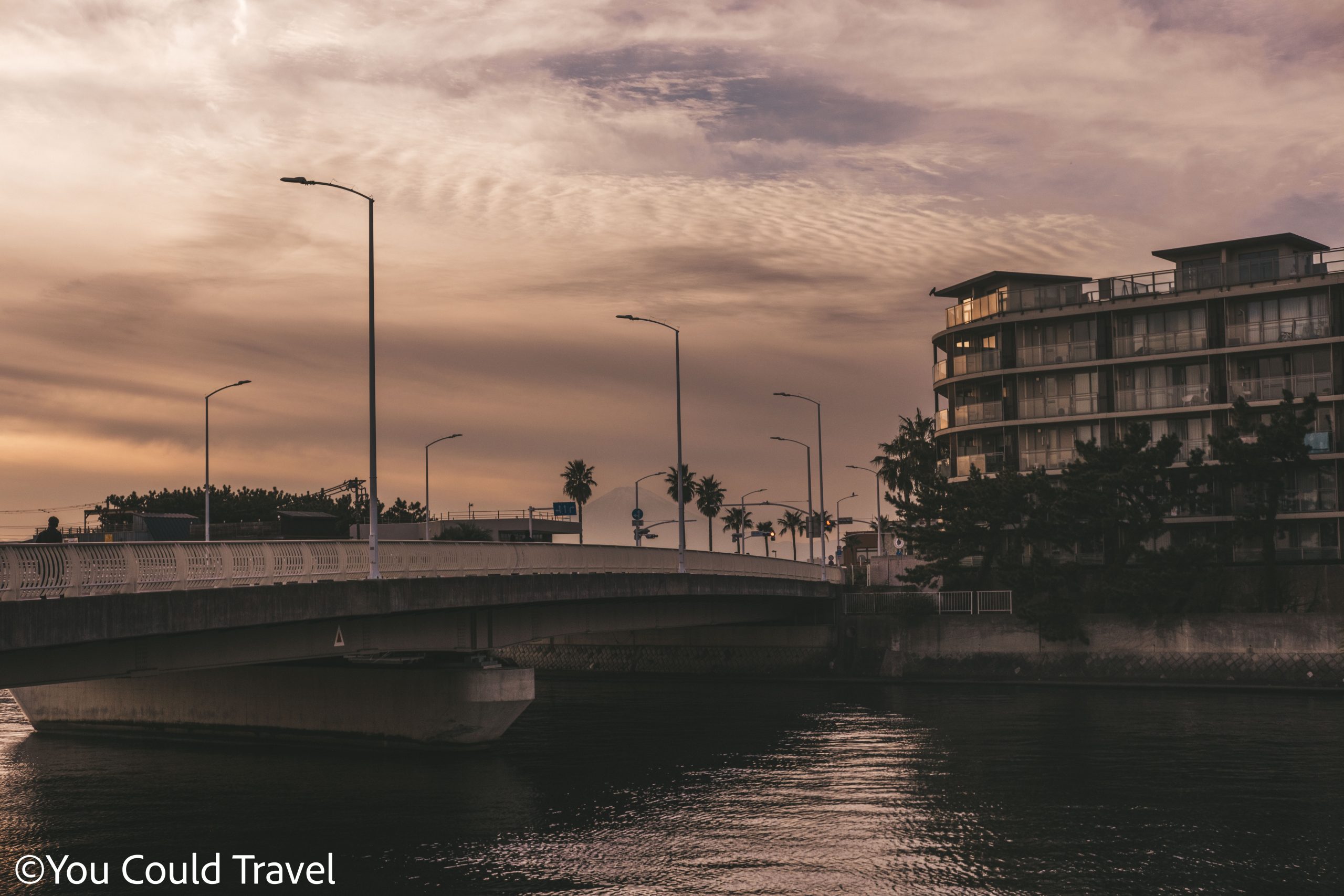
Best time to visit
The best time to visit Enoshima is on a clear day, because you will want to maximise your chances of deeing Mount Fuji in the distance. On such days, you can spot Mt Fuji while crossing the Benten Bridge and from the renowned Sea Candle viewing platform. I experienced this on a clear, crisp November day and even caught a glimpse of Mt Fuji at sunset.
Pro Tip: Visit between the end of November and end of February to see the Shonan no Hoseki illuminations, which are some of the most impressive winter illuminations I’ve ever seen. There is a tunnel of lights with floating chandeliers, a forest full of illuminated jewels, and the whole Enoshima Sea Candle has strings of lights making it look phenomenal in the dark.
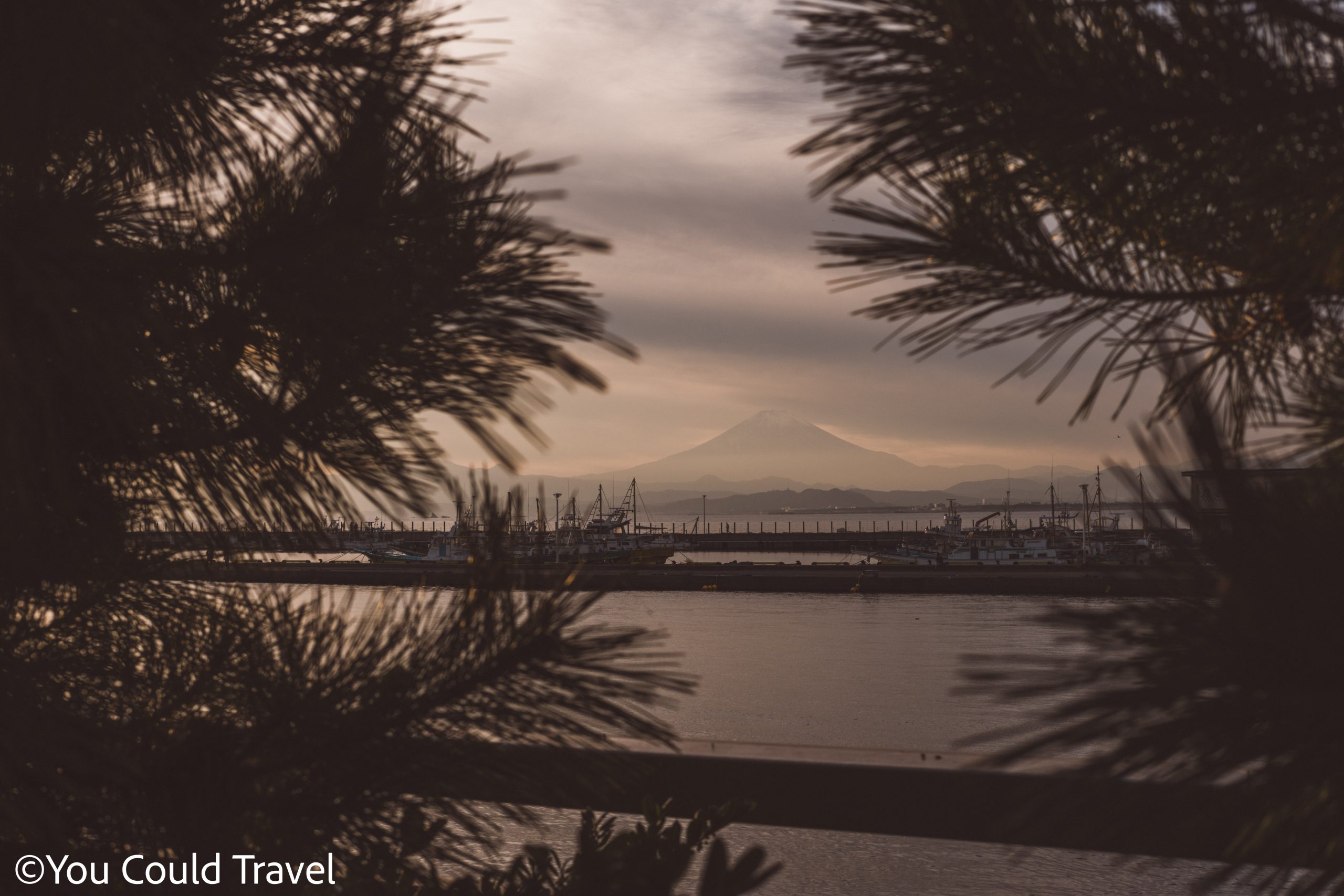
Things to do in Enoshima
I visited Enoshima on a day trip from Tokyo and found that one day is more than enough to enjoy everything that Enoshima has to offer.
1. Cross the Enoshima Benten Bridge
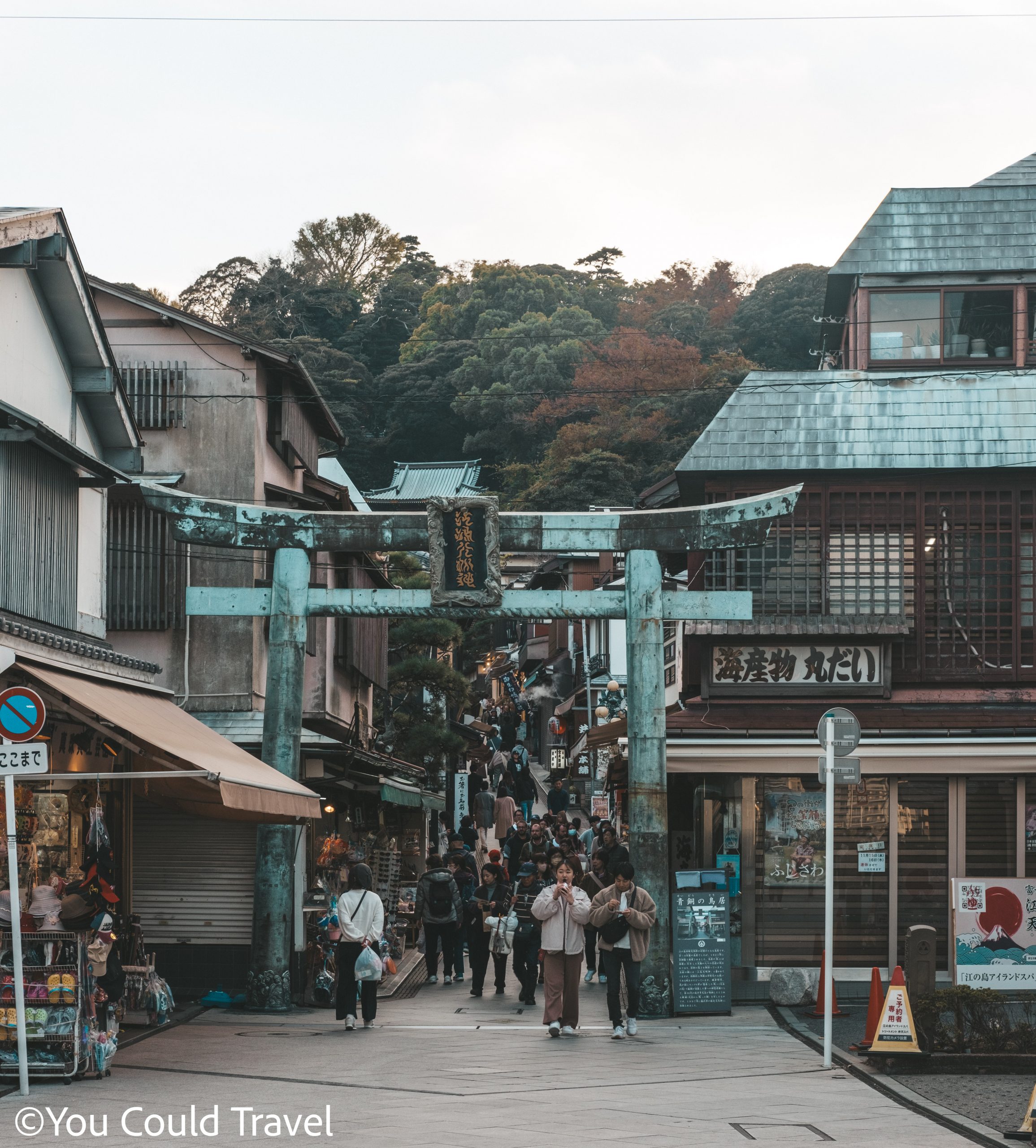
First, you’ll need to walk across the Enoshima Benten Bridge. This pedestrian-only bridge is separate from the one for vehicles, offering a peaceful walk. As you head towards Enoshima, keep an eye to your right occasionally to catch views of Mt. Fuji. When you reach the island, you’ll pass under the Bronze Torii Arch, a symbolic gateway welcoming you to Enoshima.
Good to know: The inscription on the torii gate’s plaque has changed from Obenzaiten during the period of syncretism between Shinto and Buddhism to Eshima Daimyojin in more recent times. Benzaiten refers to a deity in Japanese Buddhism. Eshima Daimyojin can be interpreted as the Great Deity of Enoshima.
2. Shop and eat on the Benzaiten Nakamise Dori
Benzaiten Nakamise Dori is the main shopping street on Enoshima, leading to the Enoshima Shrine. It’s named after Benzaiten, the goddess of elements that flow, such as water, music, and knowledge, who is revered in the shrine.
This alley is cozy and lined with small shops and food stalls, characterized by charming wooden machiya houses and traditional Japanese shopfronts. It’s a great place to try traditional Japanese food and buy local souvenirs. For foods, don’t miss out on seafood udon, matcha dango, large tako senbei (squid crackers), and ice cream. I recommend trying shirasudon which is a local speciality consisting of raw small white fish topped with other seafood like salmon roe. There are shops in Enoshima which sell shirasu ice cream, which is precisely what you imagine, vanilla ice cream with a side of small white fish. I promise it’s a lot more delicious than it sounds.
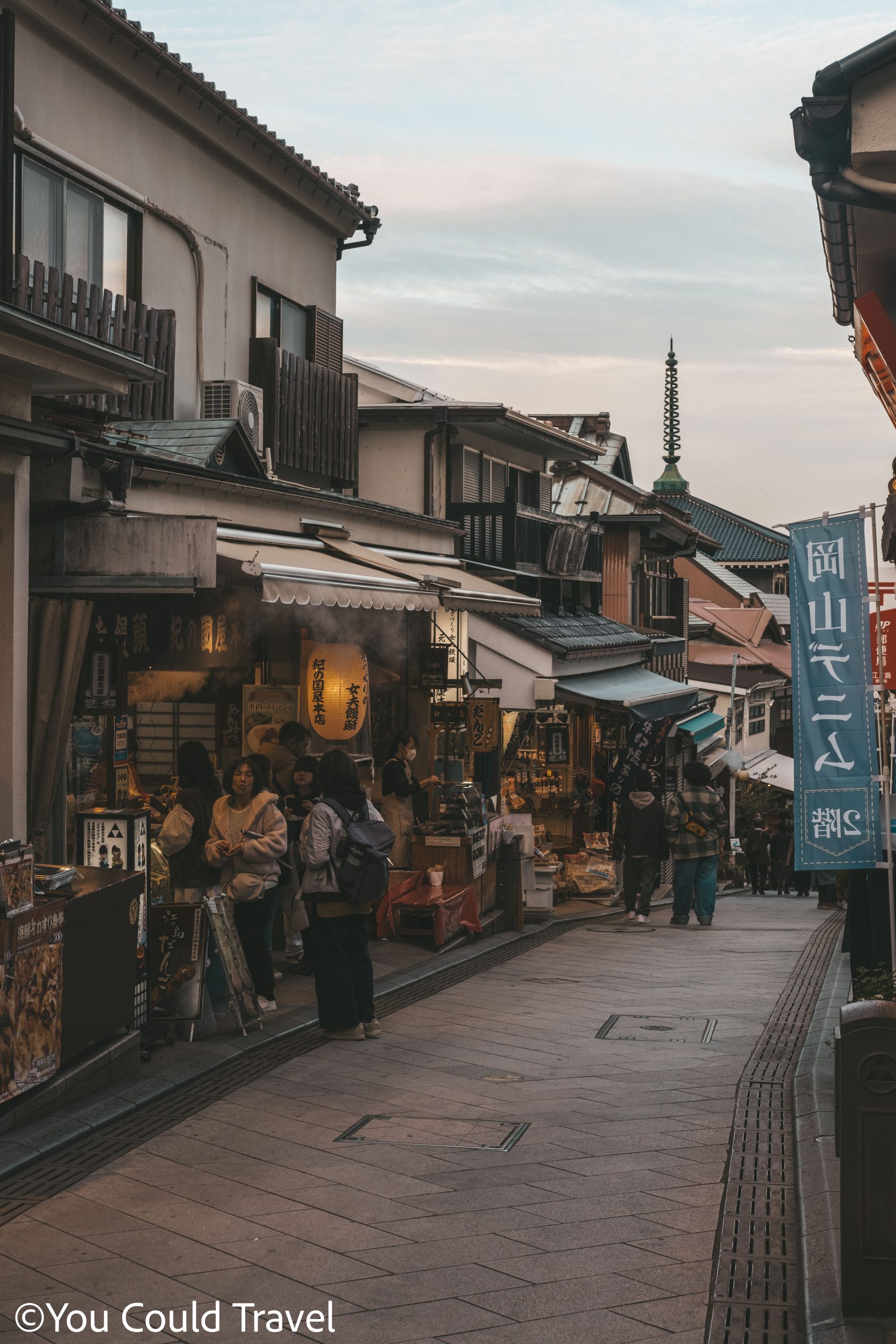
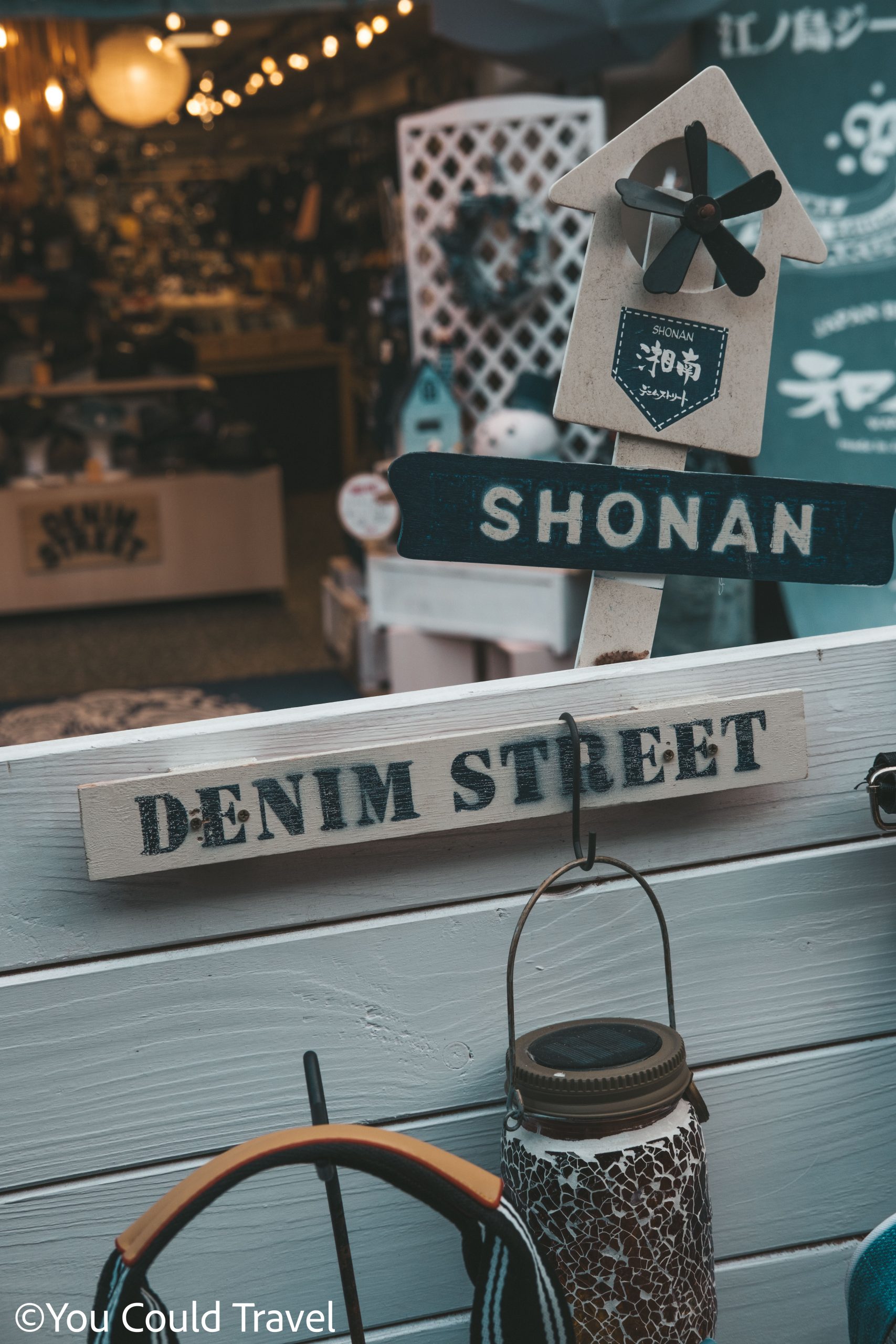
Another unique find is the Shonan Denim Street where you can try denim ice cream and denim soft buns, named for their blue colour, reminiscent of denim.
For souvenirs, consider purchasing an omamori (amulet) known to bring good luck, health, and romantic success. The street is dotted with shops specializing in local items like seashells, special sweets, and Enoshima-themed clothing. Don’t forget to draw an omikuji at the temple and take it with you as a souvenir if it’s good luck.
3. Bow before the Grand Torii of Enoshima Jinja Shrine
The Grand Torii of Enoshima Jinja Shrine is a traditional Japanese gate found at the entrance of the Shinto shrine, and symbolizing the transition from the mundane to the sacred.
This torii gate is an impressive sight, often photographed for its grandeur and its cultural significance. After you cross under the torii, you will see a small place where you can throw a coin, make a wish to the kami (Japanese for spirit), clap and bow.
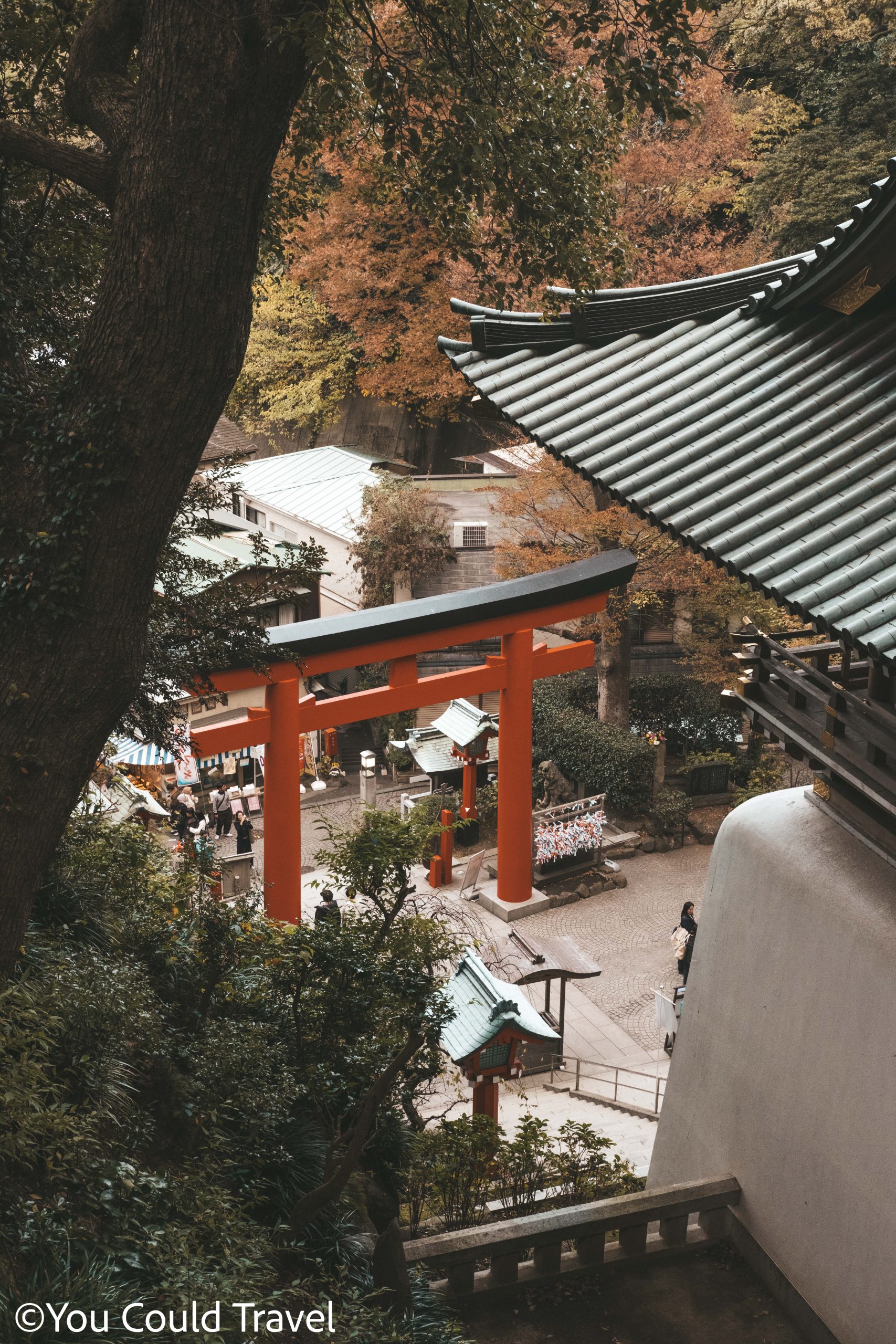
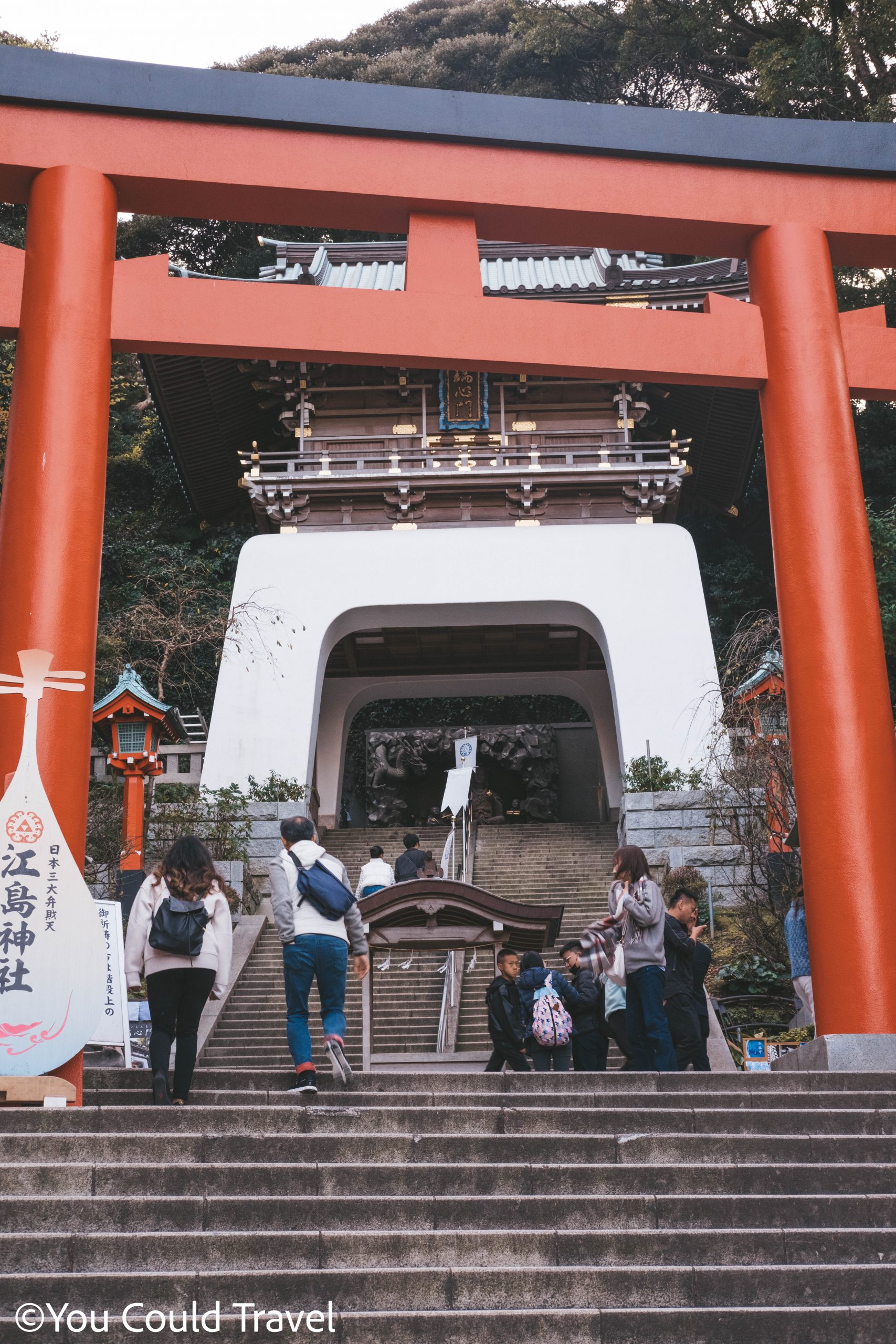
4. Enoshima Shrine
Enoshima Shrine is a complex that houses three ancient shrines, each offering stunning views. While The complex is divided into three shrines: Hetsumiya, Nakatsumiya, and Okutsumiya, each honouring a different aspect of Benzaiten. The shrines, set against a backdrop of lush greenery, provide panoramic views of the sea and the surroundings.
- Hetsumiya Shrine is the first one you encounter upon entering the island and is a common spot for initial prayers.
- Nakatsumiya Shrine, located midway up the island. It’s particularly associated with marital bliss and relationships.
- Okutsumiya Shrine sits at the island’s highest point, near the Iwaya caves, and is a haven for deeper spiritual reflection.
Upon entering the shrine grounds, you can choose between climbing the stairs or taking the escalators for a fee of 360 yen (with an option for a day pass including the Enoshima Sea Candle). I suggest opting for the stairs, especially if you’re not travelling with small children or those with mobility issues. The stairway offers several resting spots and leads you past various smaller shrines and attractions, enriching your visit.
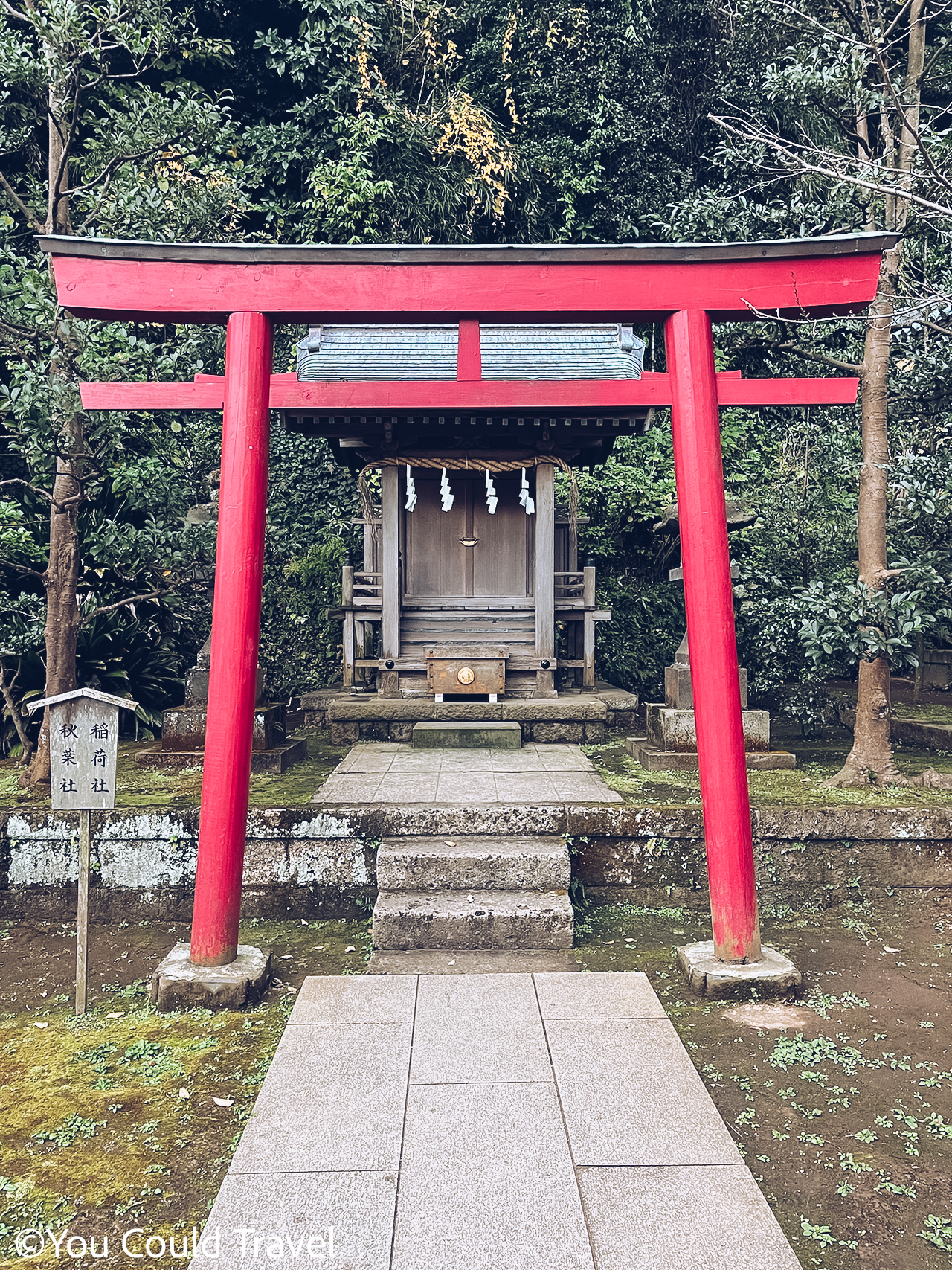
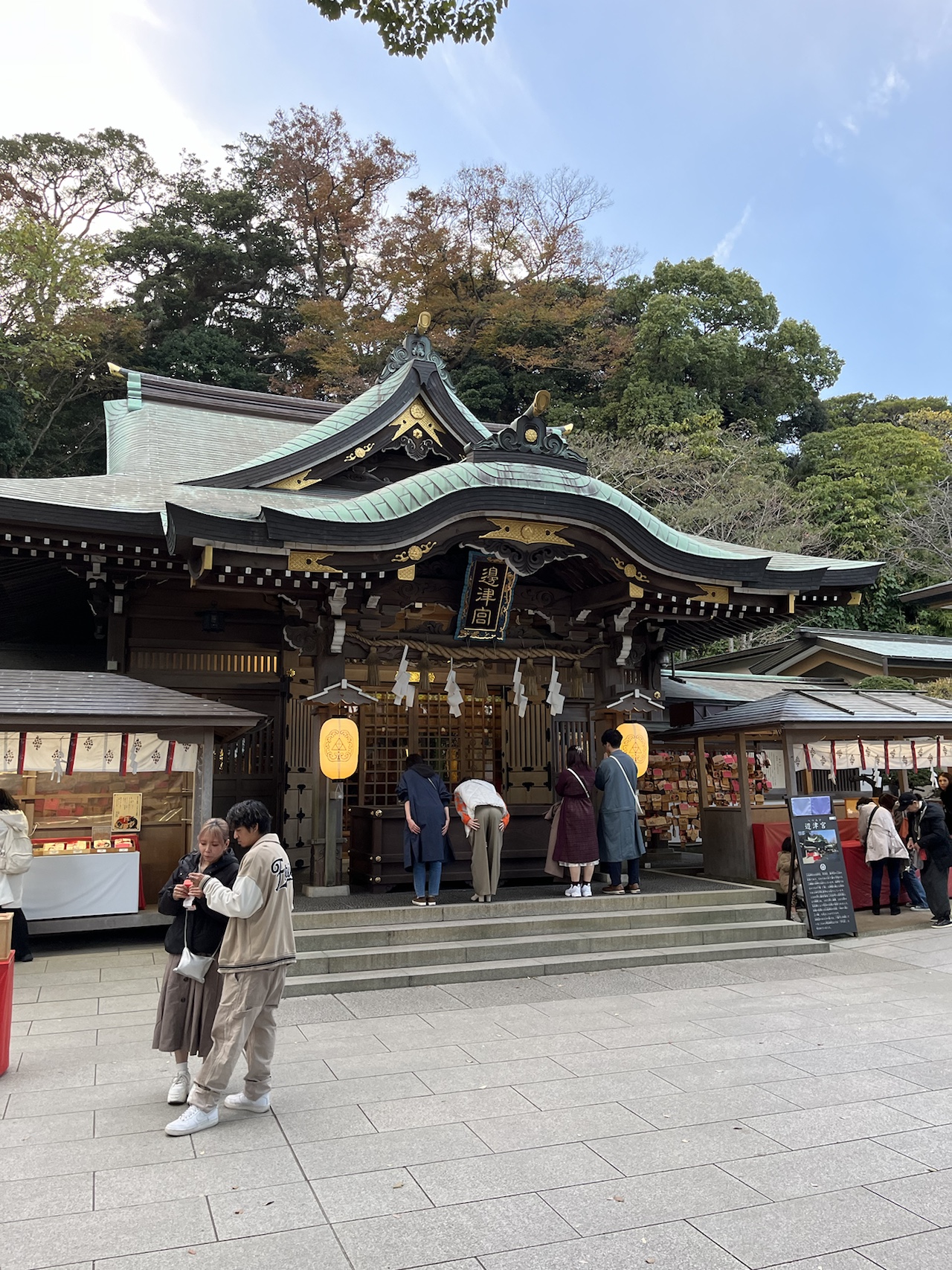
Don’t miss:
- Zuishinmon Gateis a notable entrance where you’ll find a stone statue of Benzaiten Doji. This gate is an impressive structure, and the statue is a striking representation of the goddess.
- Ema Rack, a spot where you can buy a wooden wishing plaque. These plaques often have a dragon motif, which I found particularly appealing. Write your wishes or prayers on these plaques and leave them at the shrine.
- Yasaka Shrine where Susanoo Kenhaya is enshrined. He is known as the father of the three goddesses worshipped at Enoshima Shrine,
6. Enoshima Samuel Cocking Garden
Enoshima Samuel Cocking Garden is a botanical garden located at the top of the Enoshima Island mountain, named after Samuel Cocking, a British merchant who settled in Japan during the Meiji era and developed the garden in the late 19th century.
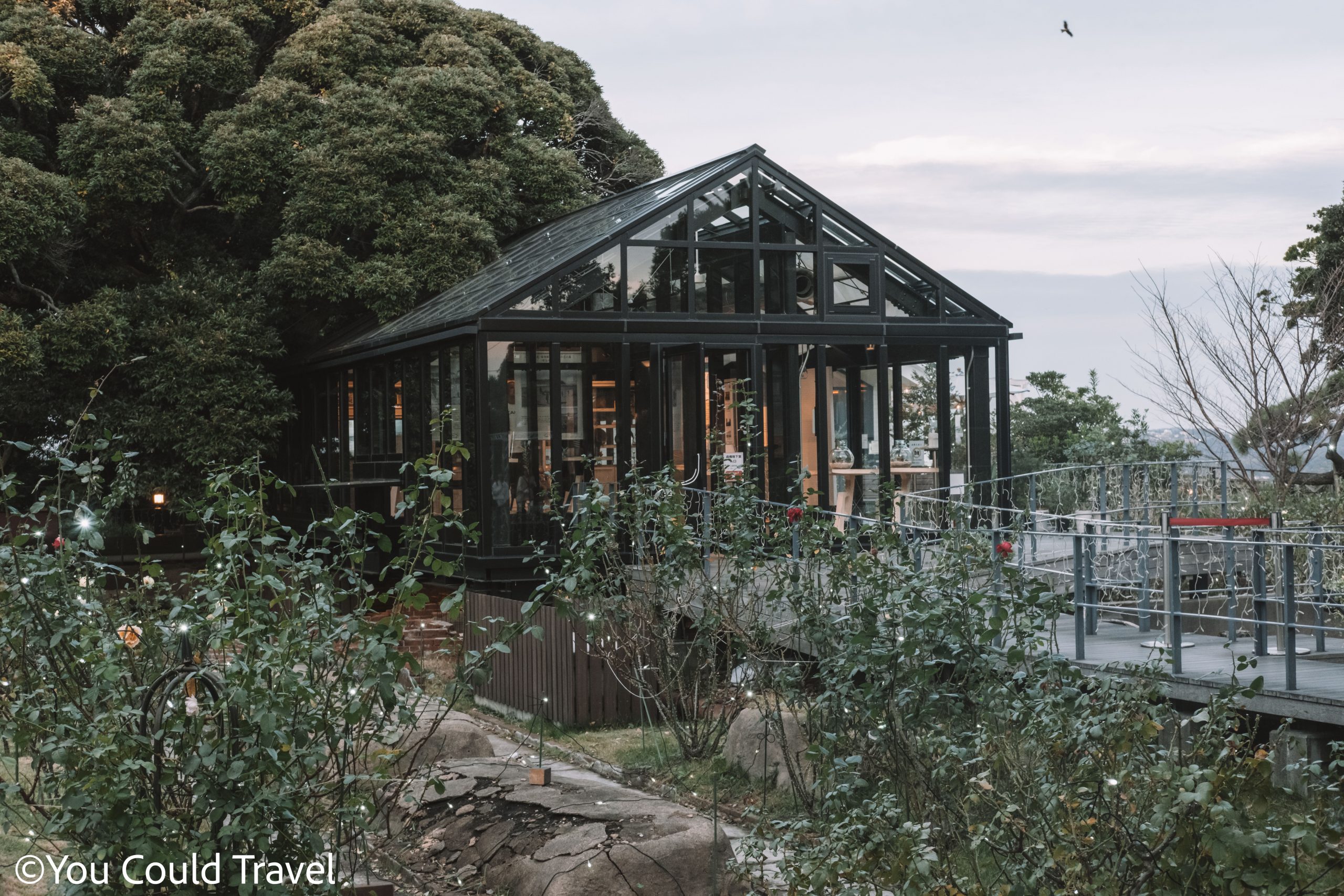
There are many plants and flowers, both native Japanese and exotic flora, collected by Cocking throughout the years. A notable attraction was a 660m² greenhouse full of exotic plants, sadly destroyed during the 1923 Great Kanto Earthquake. A small glasshouse surrounded by roses is now open to the public and can be visited between 9am – 5pm.
Admission fees: 500 yen (200 yen for Samuel Cocking Garden + 300 yen for Enoshima Sea Candle)
7. Enoshima Sea Candle
The Enoshima Sea Candle is a large observation tower with viewing platforms that offer views of Mount Fuji on clear days. Situated within the Samuel Cocking Garden, it has two observation decks – one indoor and one outdoor.
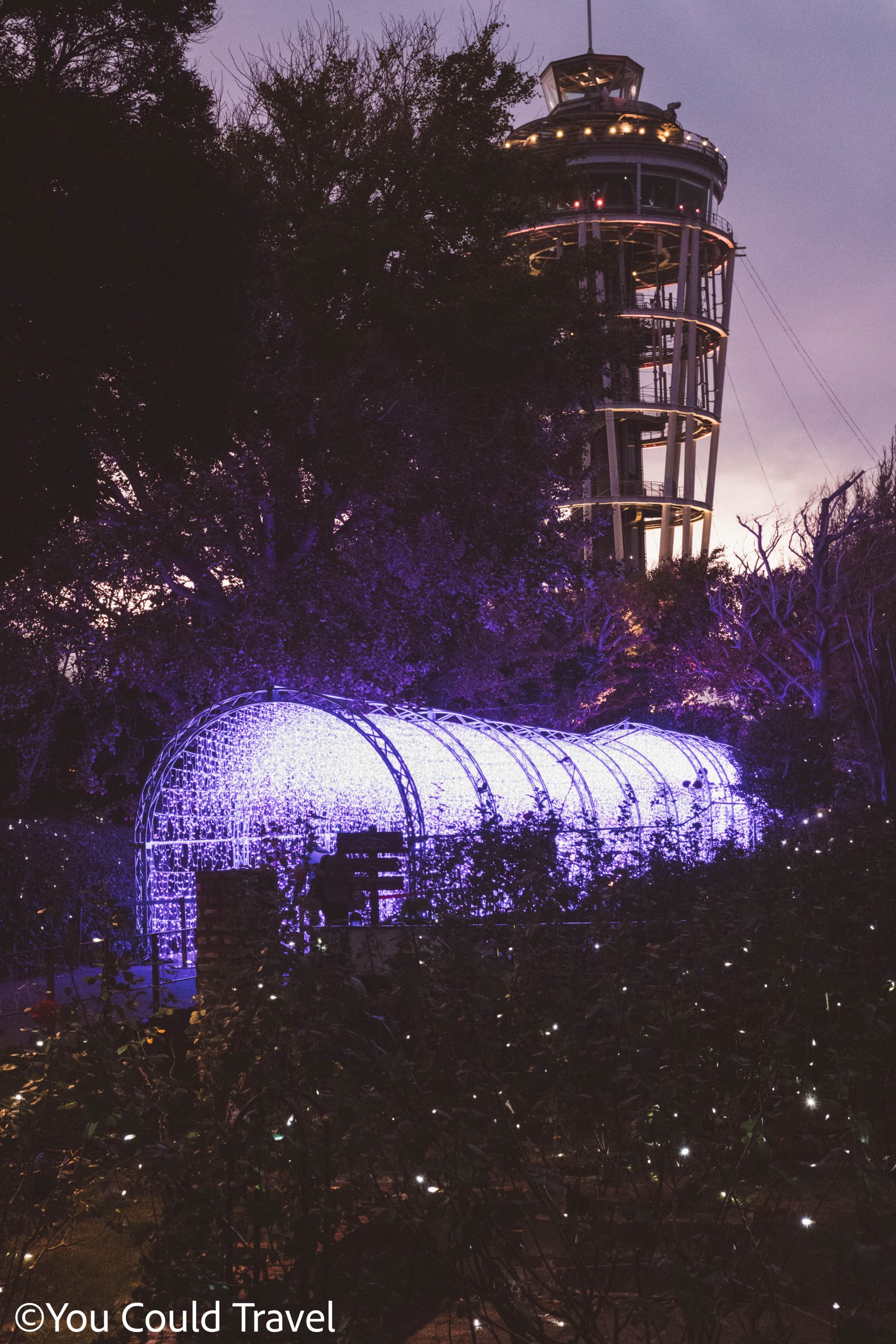
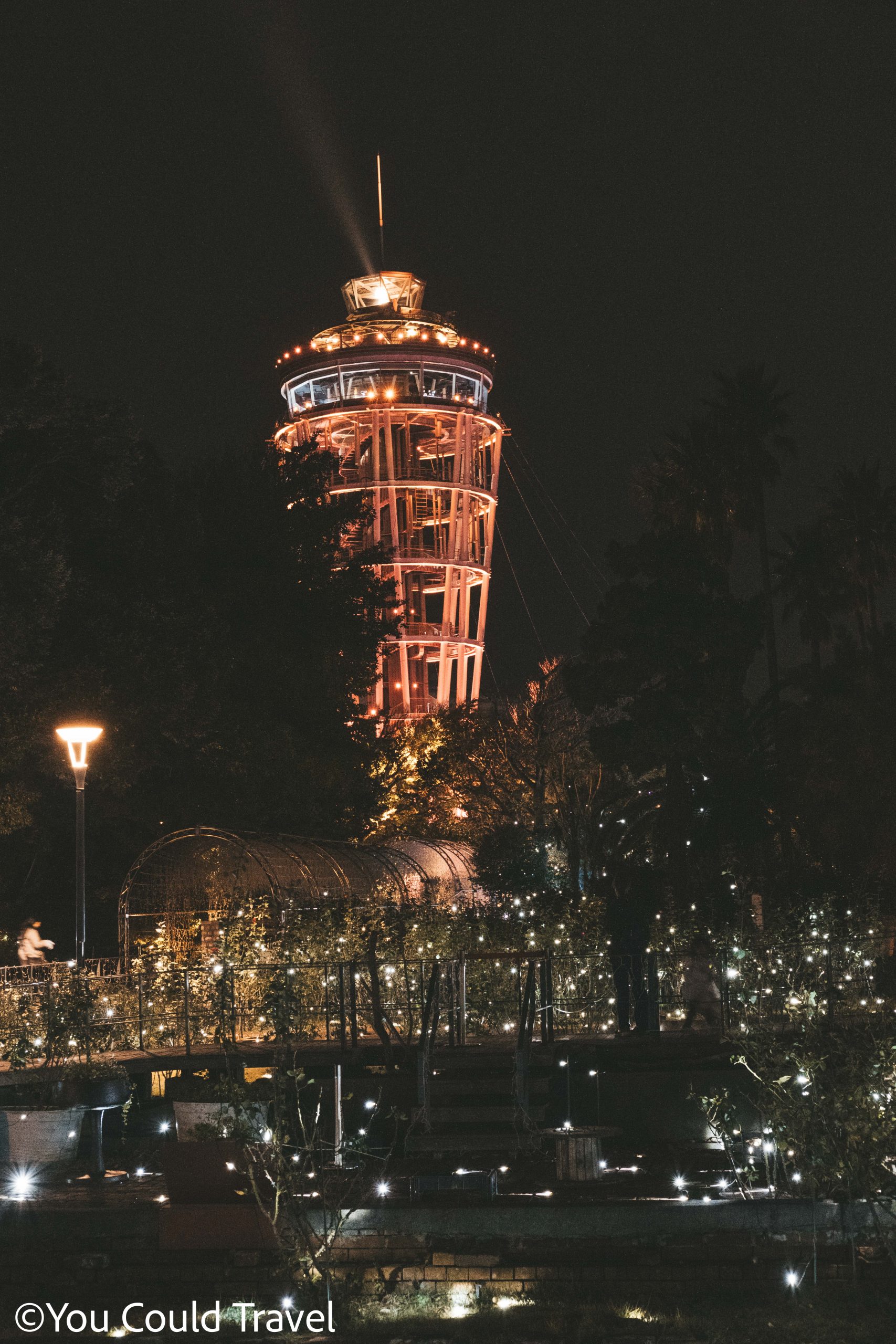
When I visited, it was a clear and sunny day, but quite windy at the top of the Sea Candle. It’s advisable to dress warmly, particularly in winter.
To reach the indoor viewing platform, there’s an elevator. For the outdoor platform at the top, you’ll need to climb a spiral staircase.
8. Dragon Love Bell
The Dragon Love Bell is a cherished spot for couples, where you and your partner can go to fortify your relationship and make wishes. It’s a tradition to ring the bell together while simultaneously making a wish or expressing your commitment to each other.
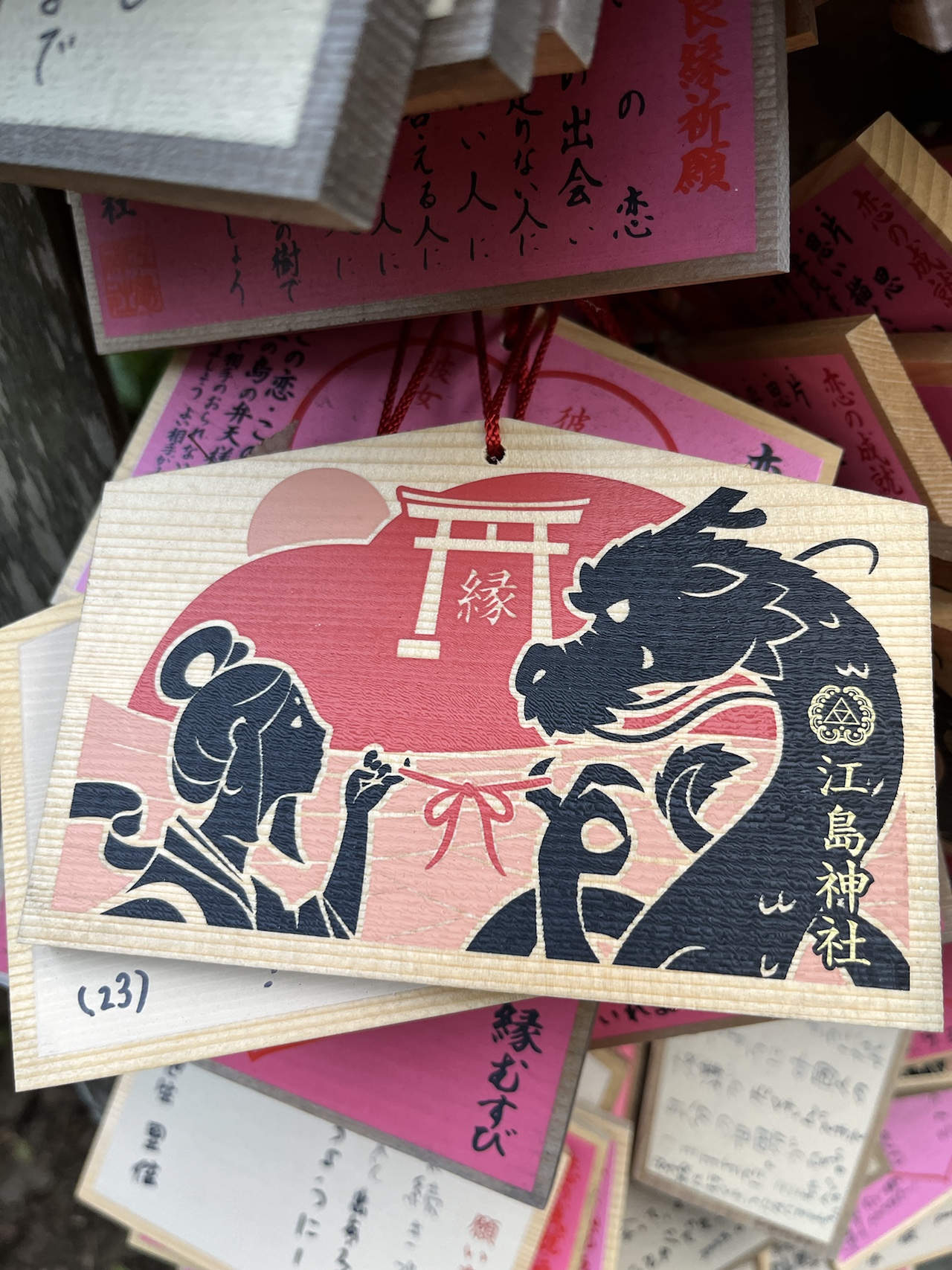
This joint action of ringing the bell is believed to bring good fortune to your relationship. The bell commemorates the legend of Ryuko Myojin, the five-headed dragon, who became good to be able to marry Benzaiten.
If you are curious, Ryuko Myojin is enshrined at the Ryuko Myojin Shrine in Kamakura.
9. Enoshima Iwaya Caves
The Iwaya Caves on Enoshima Island were created by wave erosion in ancient times and have now become a popular tourist spot. There are two primary caves: the First Iwaya and the Second Iwaya.
The First Iwaya is larger, featuring various religious artefacts and statues. It’s believed to be the place where the mythical five-headed dragon, Ryuko Myojin, connected to the legend of Benzaiten, sought redemption. This cave also includes a small shrine to offer your respects.
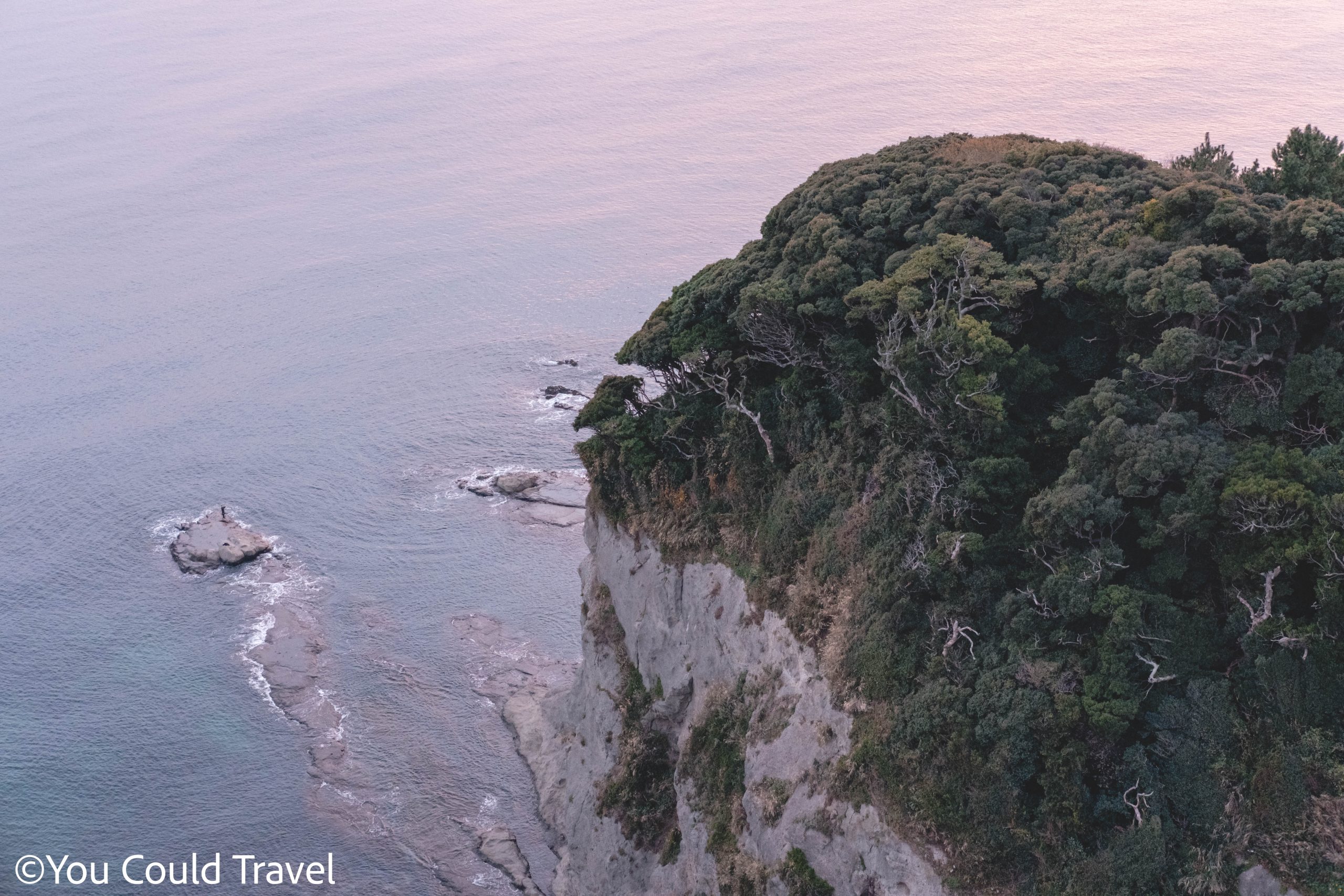
The Second Iwaya, smaller and deeper, is more focused on natural aspects, showcasing intriguing rock formations and providing insight into the island’s geological past.
Visiting these caves involves some walking and navigating through narrow, dimly lit passages. While the caves are illuminated, you are also provided with candle lanterns to help explore the darker areas. There are informative guides and signboards throughout the caves to learn more about the historical and mythological significance.
10. Lon Cafe
Before making your way back down, be sure to visit the Lon Cafe located within the Samuel Cocking Botanical Garden. This cafe is known for its speciality in French toast, and during the winter months, they offer mulled wine.
The cafe has outdoor seating areas with warm blankets and it’s right next to a viewing platform so you can admire beautiful views while enjoying your well-earned sugary treat.
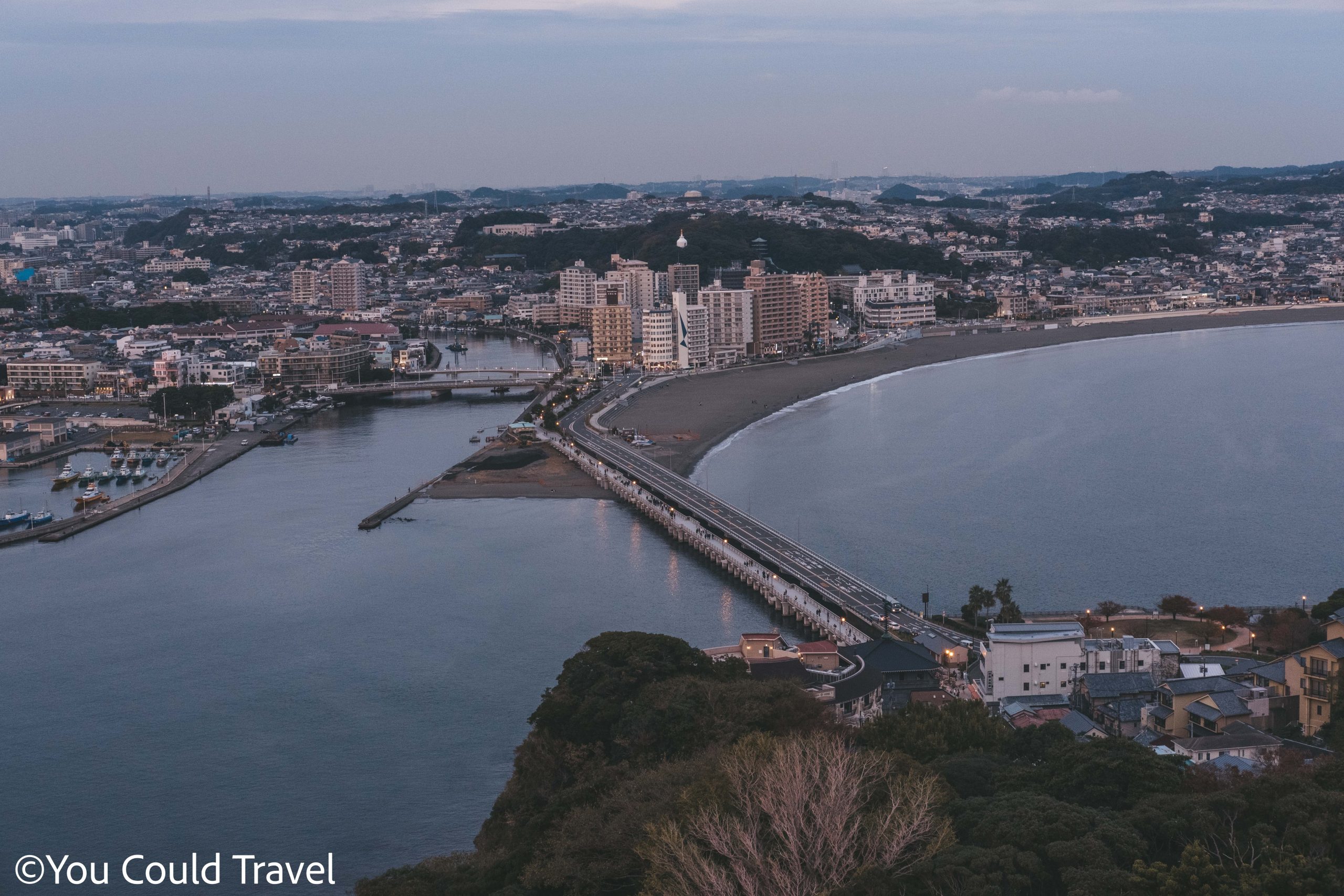
Final Thoughts
Enoshima is a fantastic tourist spot, conveniently accessible from Tokyo for a one-day excursion. Despite its small size, it offers a variety of exciting activities, making it an ideal destination for couples seeking a romantic day trip. The shopping street is enchanting, reminiscent of the well-preserved streets in Higashiayama, Kyoto. The extensive shrine complex is a place of wonder, rich with local myths and legends.
In winter, the Enoshima Sea Candle and the Samuel Cocking Botanical Garden are particularly beautiful and a must see place when visiting Japan. The atmosphere is romantic and picturesque, perfect for night photography. The beauty of the place is akin to a scene from a Disney movie. Everywhere you look, there are viewing platforms scattered around, offering views of Mt Fuji and the surrounding beaches.

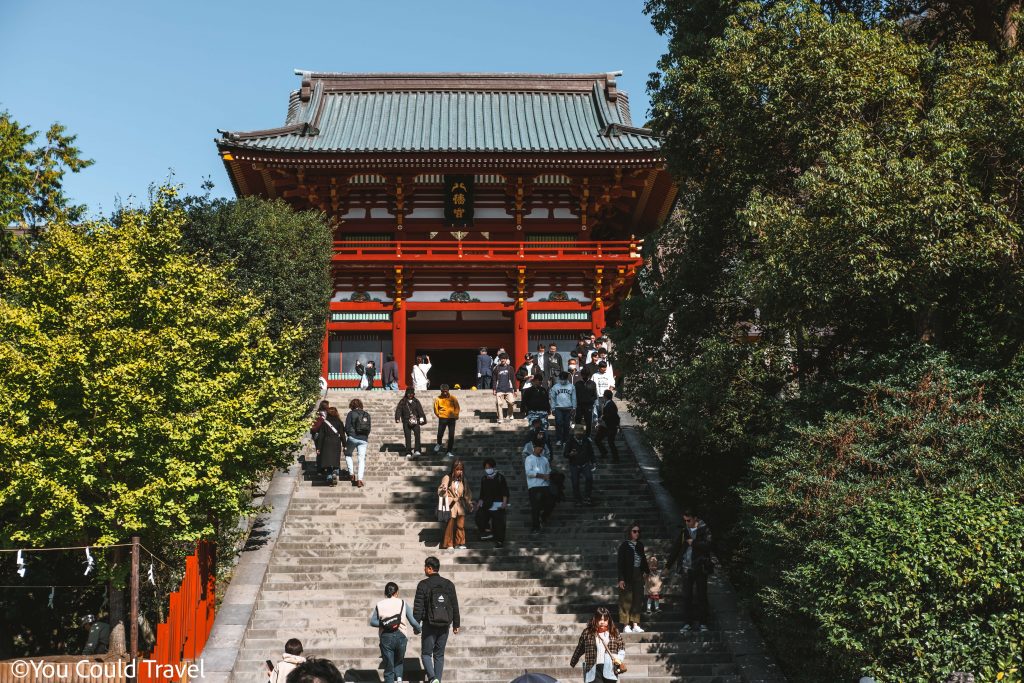
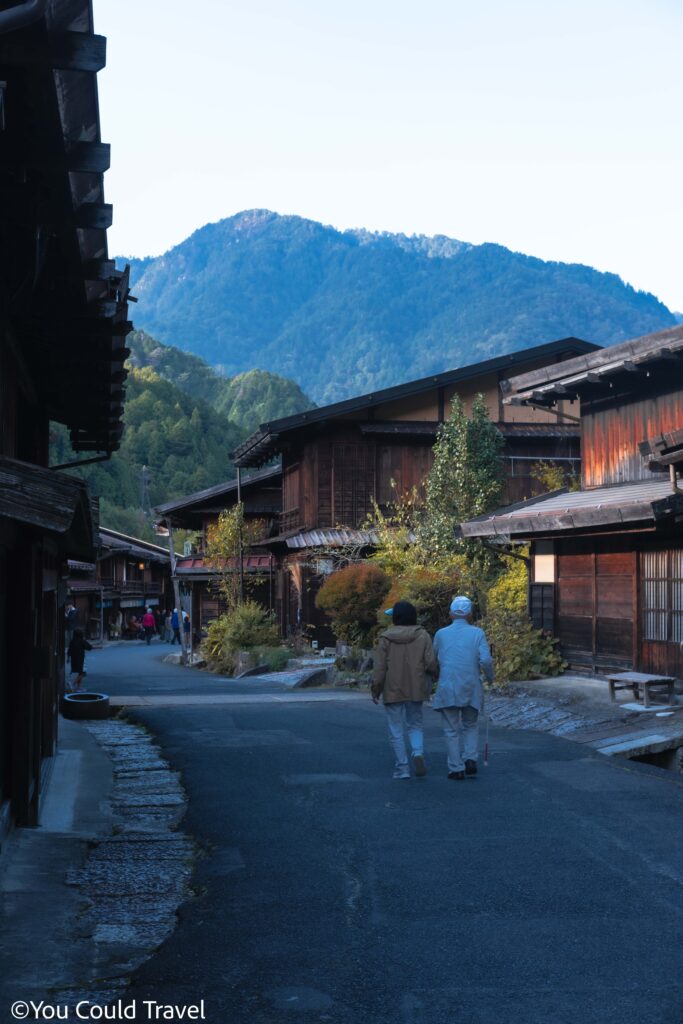
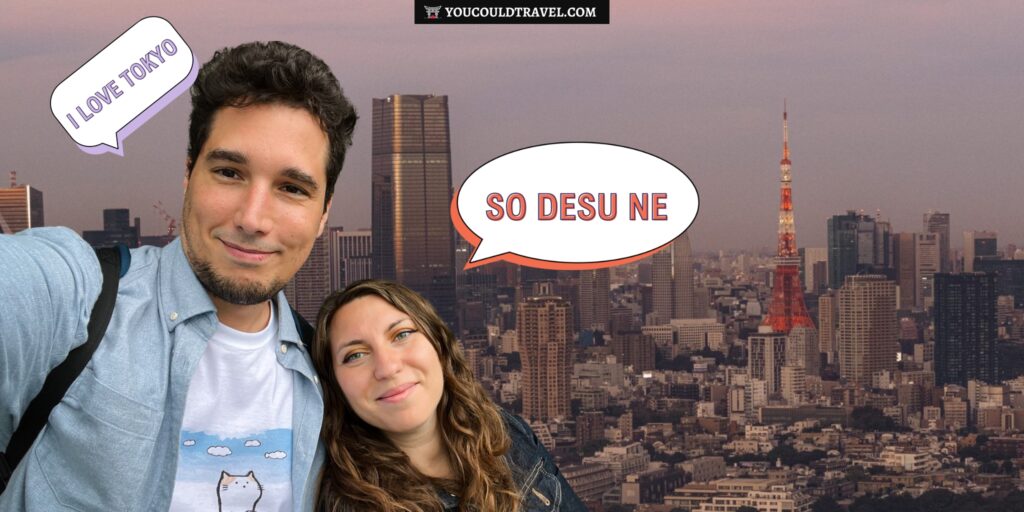
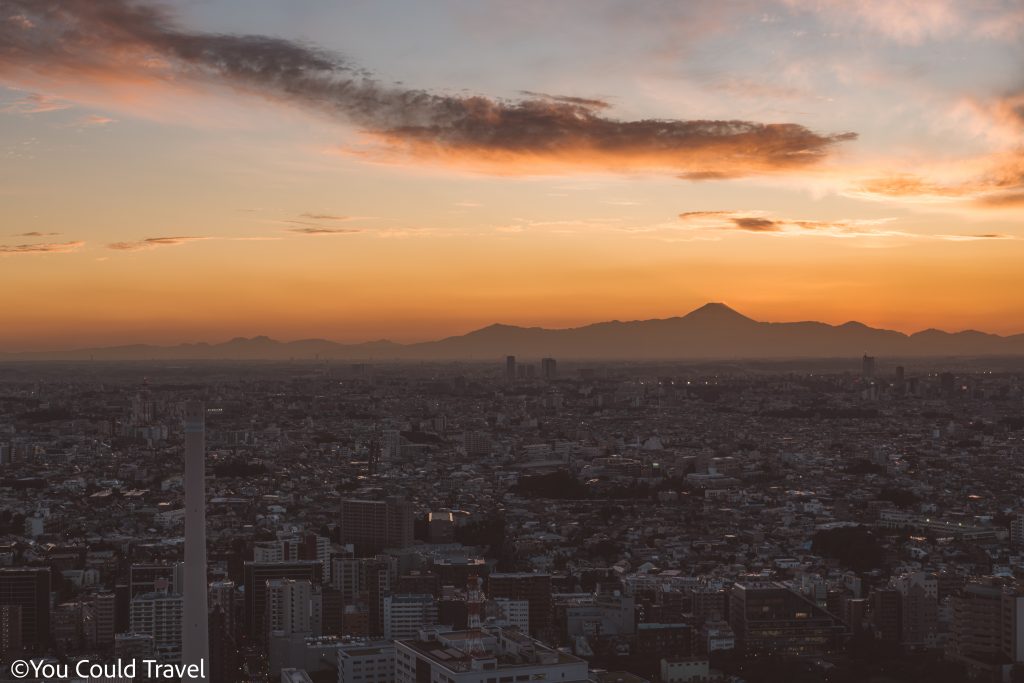
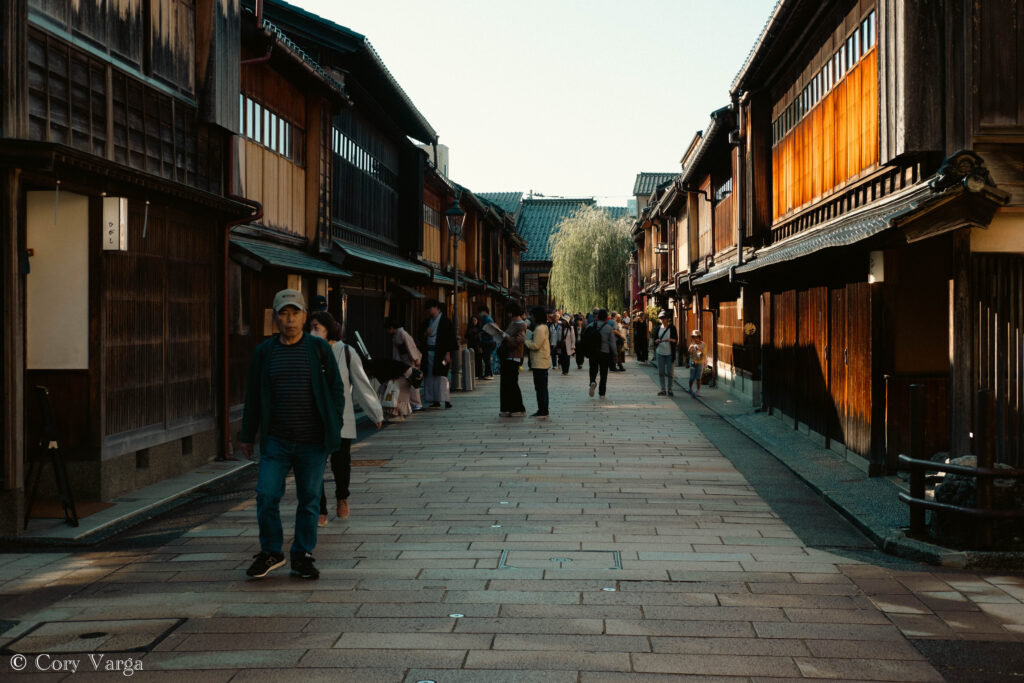
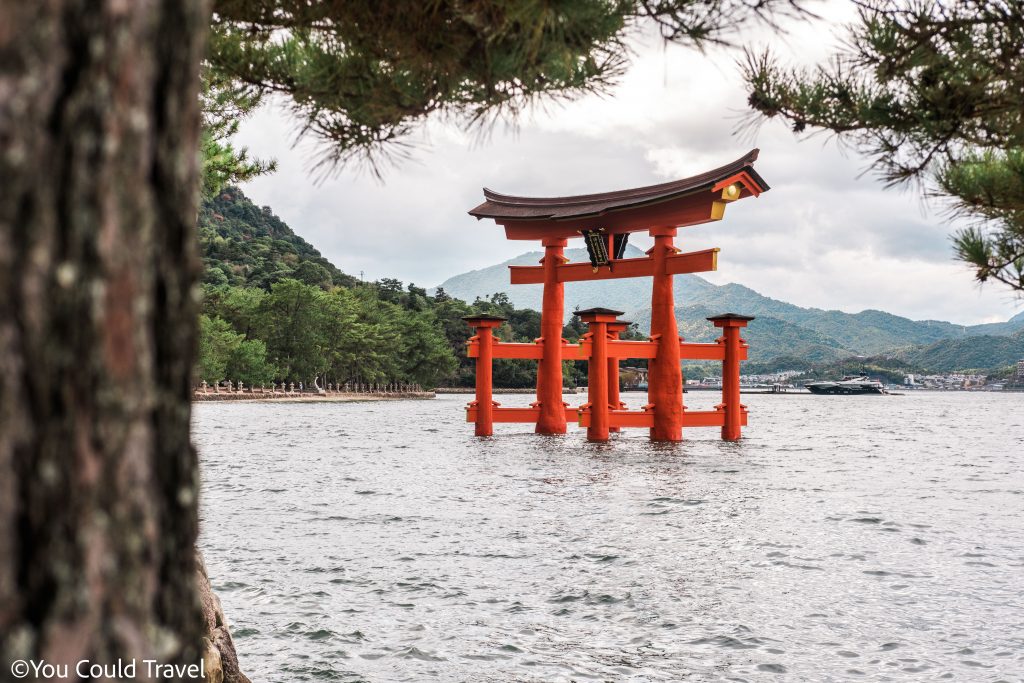


Leave a Reply